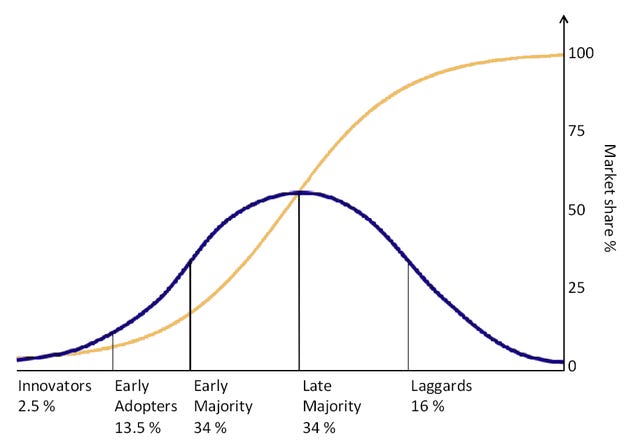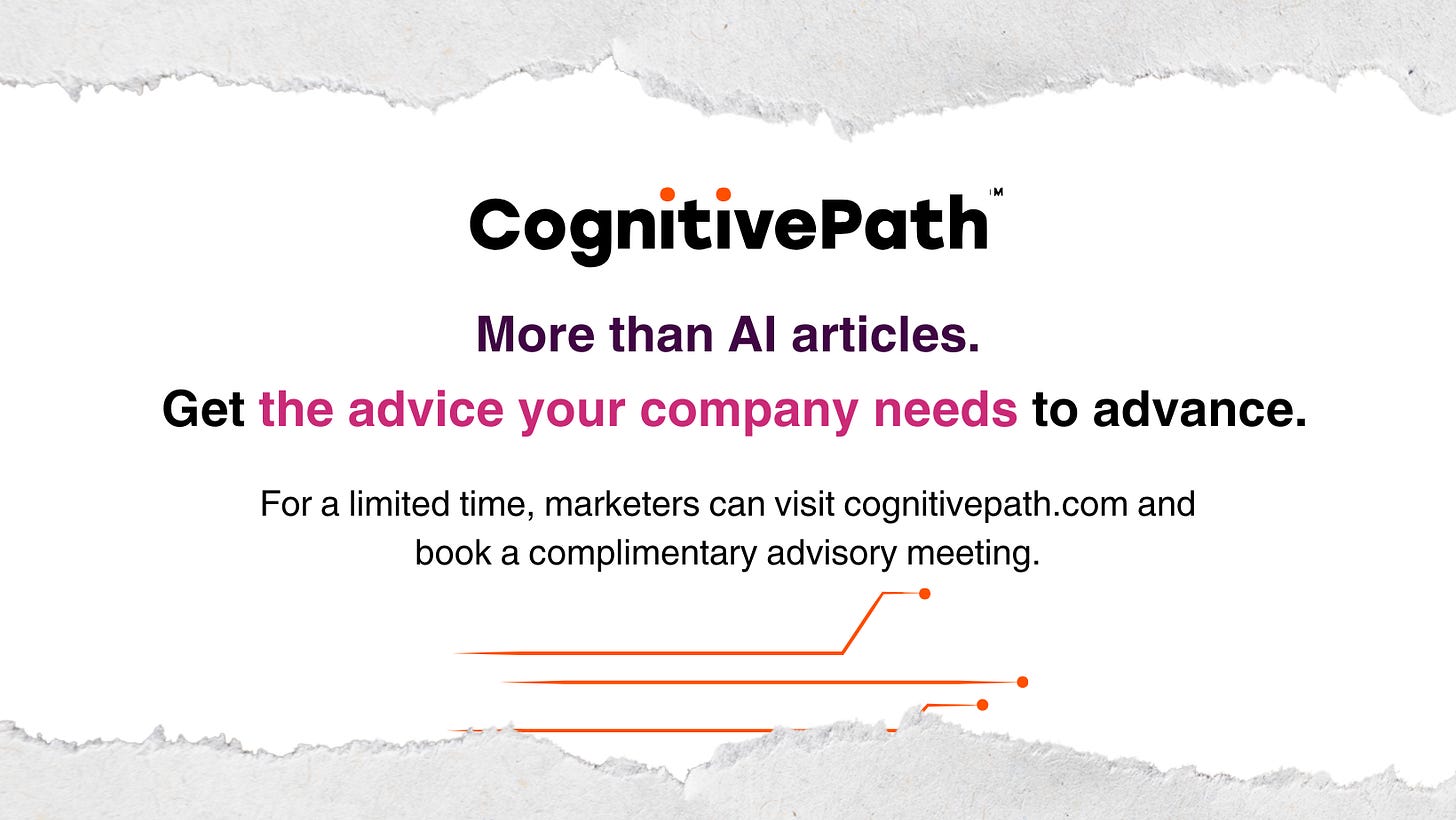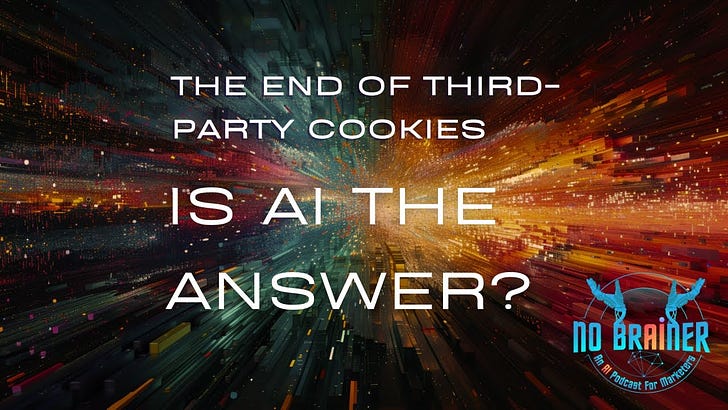5 Takeaways from ANA AI
Marketers gathered to discuss integrating AI into their enterprise operations.
ANA AI for Marketers took place in sunny Hollywood, Florida.
We presented a use case development training at last week's Association of National Advertisers AI for Marketers conference in Hollywood, Florida. Over two days, we spoke with dozens of enterprise marketers to gauge the state of business AI adoption. The results were quite revealing. Here are our five big takeaways.
1) Moving from Hype to Real Use Cases
One clear takeaway was the attendees' desire to hear more about brands successfully implementing AI and the lessons they had learned. While some sessions focused more on the promise of AI, marketers seemed most interested in brass tacks. Some of the most robust sessions included the Ally AI, TripAdvisor, and H&R Block case studies. Other strong sessions included a brass-tacks discussion on legal frameworks for adoption from BrandTech and Shiv Singh's discussion on preparing the enterprise for AI.
2) More Brands Adopting BUT It's Still Early
The diffusion of innovation occurs in stages, according to E.M. Rogers.
Our conversations made it clear that more brands are moving from experimenting with personal productivity tools like writing assistants and call recorders to more sophisticated enterprise AI implementations. However, while some had use cases, many were still exploring potential opportunities, and some enterprises were still only committed to gathering information.
In short, we expect the early adopter phase of enterprise adoption (13 to 33% of the market, according to Roger's Diffusion of Innovation research) to continue through the year. In fact, we may just be entering the early adopter phase for implementations that surpass individual licenses.
3) Enterprise AI Usually Incorporates ML
AI hype surrounds generative AI, but the use cases we saw at ANA and discussed in private conversations almost always incorporated some form of machine learning and data analytics. Generative AI has value in increasing productivity and, in some cases, strengthening outputs. However, without more precise customer insights, segmentation, media channels, and resulting messaging, it is apparent that generative AI is a ceiling.
Machine learning provides the deeper insights necessary to fuel more innovative, personalized enterprise marketing outputs. It provides the detail required to improve customer journeys dramatically. In essence, if a creative campaign is only as good as the research used to inform it, then AI creative, and the strategists who develop content with it need better inputs and insights. Machine learning is the best way to fuel these AI models.
4) AI Is a Team Sport
While marketers often have the discretion to implement websites and CRMs independently, AI is a different story. To successfully identify, create, and implement AI models, marketing leads need to achieve alignment with their peers to adopt AI successfully. That means strong relationships must be forged with the CEO, CSO, CTO, CIO, and general counsel's office. The collective team can create and agree upon models supporting the corporation's strategy while ensuring the necessary guardrails to keep the enterprise safe.
5) Guardrails Are the First Showstopper
It's not a coincidence that alignment was discussed as necessary to build legal and data security guardrails. The same could be said for the usefulness of Brandtech's session on approaching legal processes to adopt AI. Guardrails are the first barrier to overcome in any enterprise AI project, marketing included. It doesn't matter how much potential the project might hold or the maturity of the AI technology.
ANA attendees noted that if the guardrails are not in place, the larger enterprise won't take their AI projects seriously. And for that reason alone, legal and data security concerns are paramount to success.
What adoption trends are you seeing in your efforts?
Related Reading
Customer Journeys: ML to the Rescue
The most recent No Brainer Podcast centered on the move away from third-party data cookies and how AI may resolve it. Data protection laws like General Data Protection Regulation (GDPR) and the California Consumer Privacy Act (CCPA) have forced browser companies to shed third-party cookies, forcing digital marketers into a new territory. As the year progresses, marketers dependent on electronic commerce must collect first-party customer data and better interact with them to convert.








